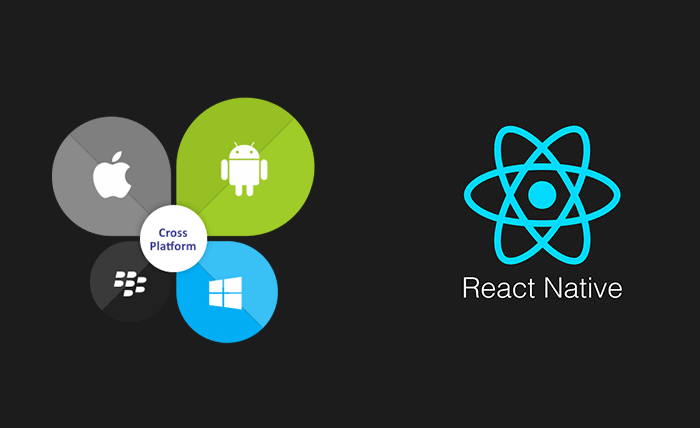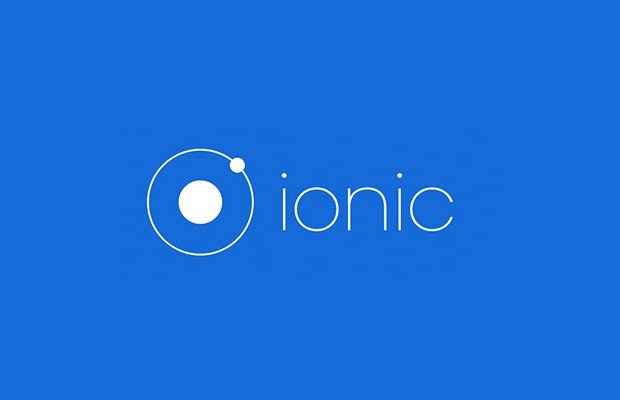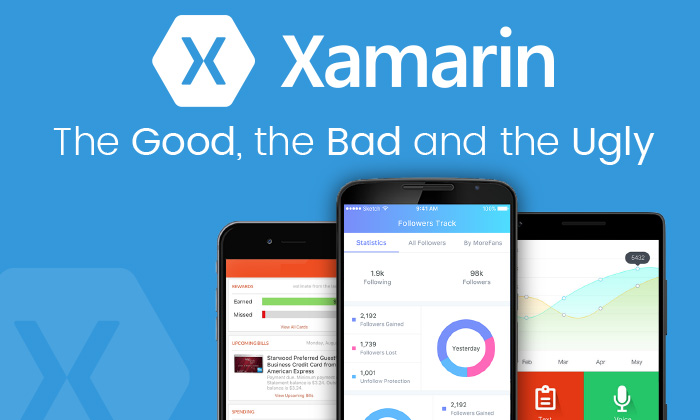Looking way back, don’t you love where the world is, in terms of digital development? There are tremendous things you can achieve today, by just sitting at home using your mobile apps. Only a few businesses could afford this luxury before because they cost an arm and a leg. The article covers best mobile app development frameworks that will shape the world of mobile app development in 2020.
Today developers have our mouth agape, taking us to a different level. Maneuvering in our lives is much more comfortable and efficient, thanks to many options for mobile apps.
The mobile app development framework is simply a library designed for mobile developers — a fundamental structure where not only supports mobile development but reduces the overall cost.
Table of Contents
Types of App Development Frameworks:
Businesses and many companies are trying to move from websites to mobile apps. Since the app development is skyrocketing, everyone in business needs to keep up with the technology. We can’t emphasize enough, the app’s efficiency.
One of the essential things to note here is, there are two major types of mobile app development frameworks:
1. React Native Framework
In simple terms, a native mobile development framework is a software designed to support mobile app development.
- One of the pros in the native mobile app development framework. It has plenty of available open-source frameworks using the same code, between the app and the web. A developer can access and benefit to a web language skill.
- The cons, since you are using a full web-rendering engine loaded for only your app, there is a risk of fragmentation. Also, compatibility, performance, and memory usage are compromised.
The native stack approach still uses web technologies and compiles those apps into native code.
Though it doesn’t use the WebView for rendering, the apps created are sometimes indistinguishable from an app built with platforms’ official IDE. They all rely on either JavaScript or TypeScript.
2. Cross-platform Mobile App Development Frameworks
It is a process of developing software products and services for different types of platforms or software environment.
They allow the developers to build compatible mobile applications with more than one operating system. Although there are many advantages and disadvantages, we will only look at one, for each.
The pros:
efficient in coding, deploying and updating. Instead, you can utilize this time in writing the code for the mobile app for another platform. Imagine creating multiple mobile apps for all platforms that you wish, with a single system.
The cons:
same with native app development, the issue here is fragmentation. When creating the cross-platform compatible mobile apps, it means designing apps that are stretchable and can compress into different shapes of screens to render decent experience across multiple devices.
6 Mobile App Development Frameworks for 2020
Let’s face it; choosing the android development framework for developers can be daunting. But you don’t have to worry because we got you covered with the below details.
1. Flutter

This mobile app framework is popular for faster coding. It’s more of a software development kit than mobile app development. What developers love most about Flutter, is they can modify old widgets into new ones effortlessly. It uses a cross framework platform.
Main Features:
-Flexible UI: There are three different types of flexible UI
-Classic (based on standard HTML markup, pure<div>’s, and CSS classes)
-The web components-based (based on custom HTML elements)
-JavaScript declaration
2. React Native

React native framework was built by Facebook and used to develop Android and iOS. As we know, these two platforms are the strongest in the market. React-native allows high-performance apps in a short time.
These are possible because it’s a cross-platform mobile app developed to use the same code base for both iOS and Android applications.
Main Features:
3. Adobe PhoneGap

Previously, the cross-platform app development framework Phonegap was Apache Cordova. The man behind its development was none other than Nitobi. Later was acquired by adobe in 2011. Developers can create apps using JavaScript, HTML5, CSS, without any hardware restrictions.
Main Features:
4. Ionic

Main Features:
5. Xamarin

Xamarin is another open-source best hybrid app framework that is owned by Microsoft. It takes a different approach, like allowing code sharing, which saves developers time. It comes with an excellent native UI that will enable businesses to build native apps that give the best user experience.
Main Features:
6. Appcelerator

Unlike most of what we have been looking at, this one is not open-source mobile ui framework. Therefore, it’s a cross-platform app from the single canvas in the AXway Appcelerator studio. It’s an older version of a JavaScript-to-native mobile solution. Has a rich IDE that includes an on-device debugger.
Main Features:
Mobile App Development Frameworks: Conclusion
In conclusion, we expect to see more advanced support in mobile development in 2020. Because the technology is still evolving, and we don’t want you to miss out on any progress. We will continue updating you in all the current developments of mobile ui frameworks. In the meantime, engross yourself with the above-expounded details.
- Top 9 Money Making Apps You Require to Download Now - July 20, 2021
- 7 Excellent B2B Mobile Apps to Manage Business on the Go - October 26, 2020
- 9 SEO Takeaways for Your Blog in 2021 for Newbie Bloggers - August 30, 2020
